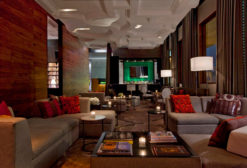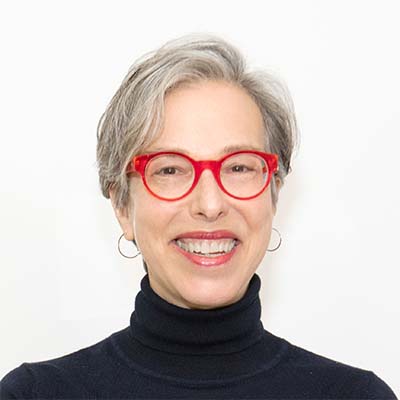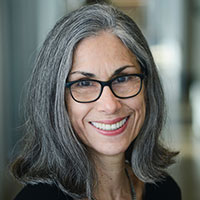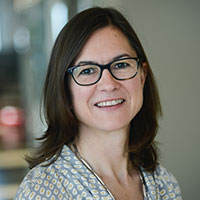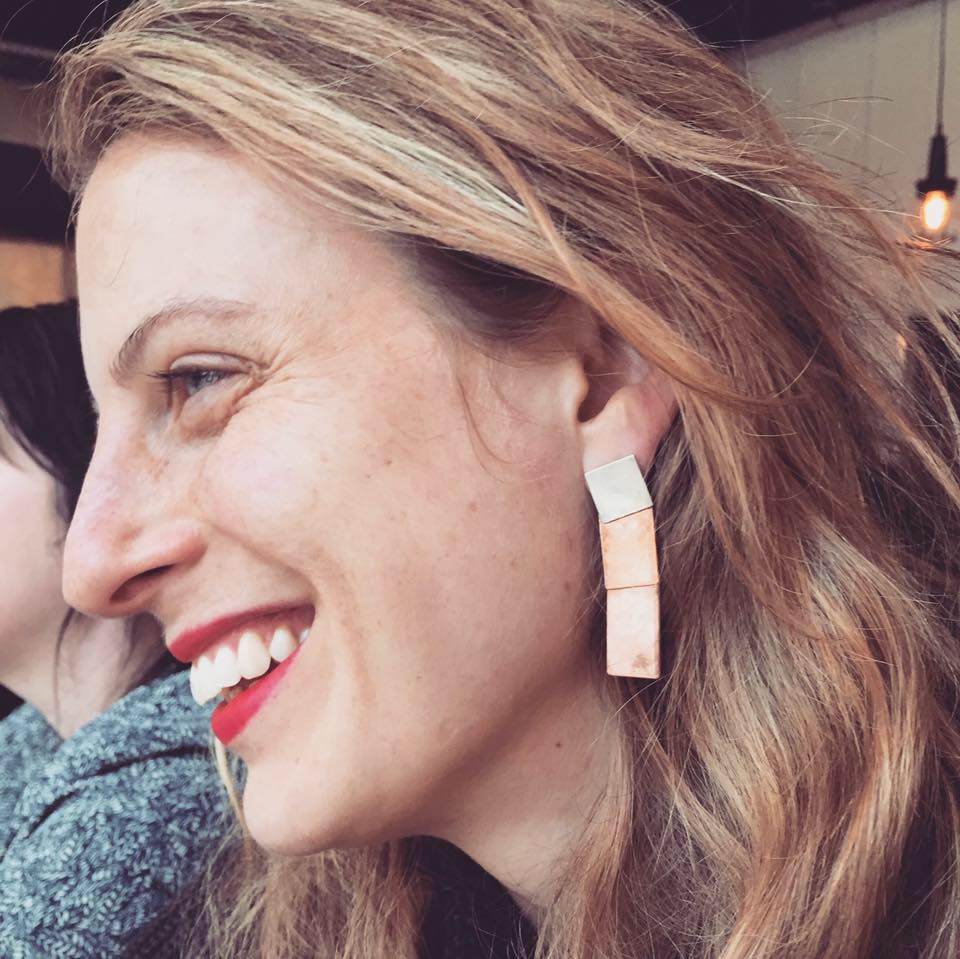Projects
Contemporary Art Museum Raleigh
Urban revival Carolina style: Located in a restored produce warehouse, an innovative art center links past and present in an emerging historic district with a promising future.
Read More
Poetry Foundation
Open Verse: At once opaque and transparent, an understated new poetry center offers a place of quiet study while inviting the outside in.
Read More
British Petroleum Chicago
Corporate branding gets an illuminating twist in two projects where light is as essential as environmental graphics to convey company philosophy in satellite offices—one urban, the other suburban. In each case, architect and lighting designer integrate the interior fit-out of an existing space with an effective lighting scheme that is not only energy-efficient and low maintenance, but also tailored to client identity as it relates to the new location.
Read More
Microsoft Technology Center
Corporate branding gets an illuminating twist in two projects where light is as essential as environmental graphics to convey company philosophy in satellite offices—one urban, the other suburban.
Read More
Copyright ©2024. All Rights Reserved BNP Media.
Design, CMS, Hosting & Web Development :: ePublishing
